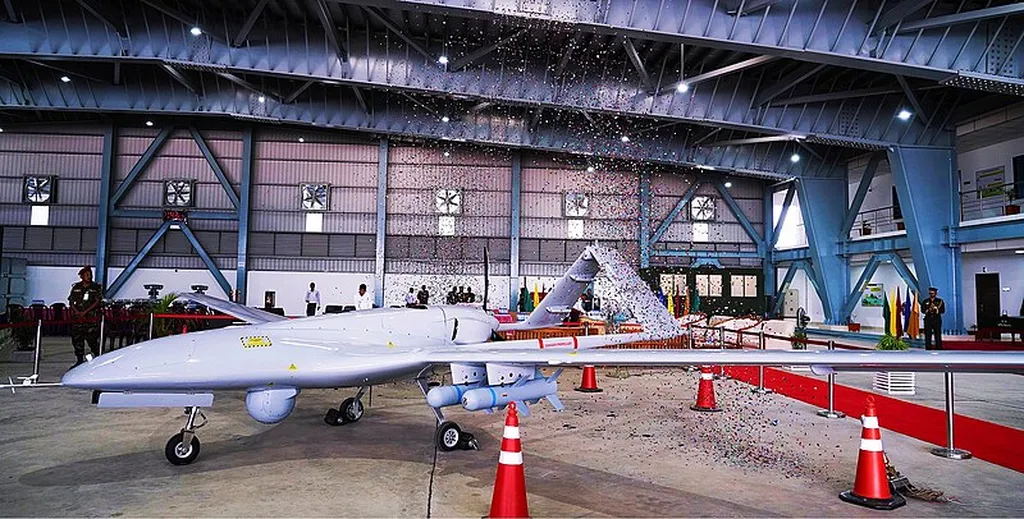In the realm of unmanned aerial vehicles (UAVs), a team of researchers from the University of Dhaka, led by Ekramul Haque, has pioneered a novel approach to enhance UAV security through the implementation of Zero Trust Architecture (ZTA). Departing from traditional perimeter defenses, this innovative method focuses on continuous authentication and verification of all network entities and communications, addressing the dynamic and ever-changing nature of UAV operations.
The researchers have developed a unique deep learning framework that utilizes Radio Frequency (RF) signals to detect and identify UAVs with an impressive accuracy rate of 84.59%. This precise identification is crucial in a Zero Trust Architecture, as it determines network access and ensures that only verified entities can communicate within the network. The use of RF signals provides a robust and reliable method for UAV identification, as these signals are inherently linked to the UAV’s operation and cannot be easily spoofed or manipulated.
To further enhance the transparency and interpretability of their model, the researchers employed eXplainable Artificial Intelligence (XAI) tools such as SHapley Additive exPlanations (SHAP) and Local Interpretable Model-agnostic Explanations (LIME). These tools allow for a clear understanding of the model’s decision-making process, ensuring that the classification of UAVs is verifiable and comprehensible. This adherence to Zero Trust Architecture standards not only improves the security of UAV networks but also facilitates the integration of UAVs into broader defense and security systems.
The practical applications of this research for the defense and security sector are vast. By implementing a Zero Trust Architecture, military and security forces can ensure the secure and reliable operation of UAVs in various missions, from surveillance and reconnaissance to search and rescue operations. The ability to accurately identify and verify UAVs within a network can prevent unauthorized access and potential cyber-attacks, safeguarding sensitive information and critical infrastructure. Furthermore, the use of XAI tools can aid in the development of more robust and adaptable UAV security systems, capable of evolving alongside the ever-changing threat landscape.
In conclusion, the research conducted by Ekramul Haque and his team at the University of Dhaka represents a significant advancement in the field of UAV security. By combining deep learning, RF signal analysis, and XAI tools within a Zero Trust Architecture framework, they have developed a comprehensive and effective approach to securing UAV networks. This innovative method not only enhances the security of UAV operations but also paves the way for the broader integration of UAVs into defense and security systems, ensuring their safe and reliable operation in an increasingly complex and dynamic environment.
This article is based on research available at arXiv.

